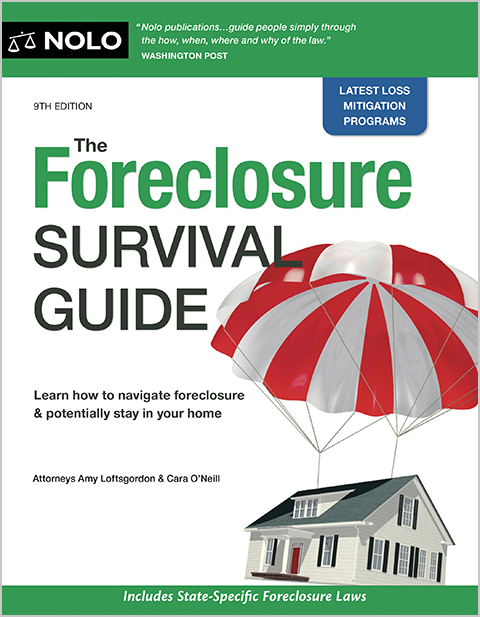Foreclosures are on the rise. Find out where any why.
At the beginning of the COVID-19 pandemic, federal and state governments imposed various foreclosure protections, including a forbearance program, moratoriums, and other mortgage relief options for homeowners, effectively halting almost all foreclosure activity in the United States. However, when those protections expired, foreclosure rates rose significantly. According to ATTOM Data Solutions (a provider of real estate data), foreclosure activity in the United States more than doubled in 2022 and continued to increase in 2023 and into 2024. Now, as of late 2025, foreclosures are again on the rise. Yet, these elevated foreclosure levels are still well below the numbers during the Great Recession and foreclosure crisis.
Also, you don't need to panic even if you're having trouble making your mortgage payments. You probably have options for keeping your home and avoiding foreclosure.
More Foreclosures Are Happening
According to a report from ATTOM, foreclosures are up 20% from a year ago. Still, the number of foreclosures in the U.S. is relatively low; they're below pre-pandemic figures. And foreclosure activity is significantly less than during the foreclosure crisis that spanned 2007 to 2012.
What's Different Since the Foreclosure Crisis?
Mortgage lenders, loan servicers, legislators, and homeowners learned from the foreclosure crisis. Federal and state governments passed laws to give homeowners more rights in the foreclosure and loss mitigation processes. Lenders and servicers revamped their policies to comply with these laws. And homeowners have access to resources and information to help them avoid losing their homes to foreclosure.
Other Reasons Today's Housing Market Is Different
Another big difference between the foreclosure crisis that began in 2008 and now is that the abusive, predatory, and unaffordable subprime mortgage loans made in the early 2000s are no longer available. Those loans allowed people to buy homes they couldn't afford and inflated the housing market. Today, lending laws and practices are much stricter and generally prevent people from buying homes they can't afford.
Also, the majority of homeowners have equity in their properties. So, while the housing market is currently slow, mainly due to continuing high interest rates, it isn't crashing.
Will We Have Another Foreclosure Crisis?
Again, foreclosure numbers are expected to increase in late 2025, and into 2026. Increased insurance costs (due to climate change and natural disasters), inflation, and high mortgage interest rates are some of the factors leading to more homeowners missing mortgage payments.
Yet, while foreclosure numbers are increasing across the U.S., the country probably won't go through another foreclosure crisis soon. Again, many resources and protections are available to homeowners to avoid foreclosure. And many federal and state laws protect homeowners and provide ways for borrowers to get a foreclosure alternative.
Talk to a Foreclosure Lawyer
If you're behind in mortgage payments and worried about foreclosure, you might have more options than you think. Consider talking to a foreclosure attorney to learn about alternatives. A lawyer can advise you about loss mitigation options, your legal rights in a foreclosure, and defend you against a foreclosure in court.
Also, consider contacting a (free) HUD-approved housing counselor if you need more information about loss mitigation options or want help with the application process. Visit hud.gov to find a housing counseling agency near you, or call 800-569-4287.

